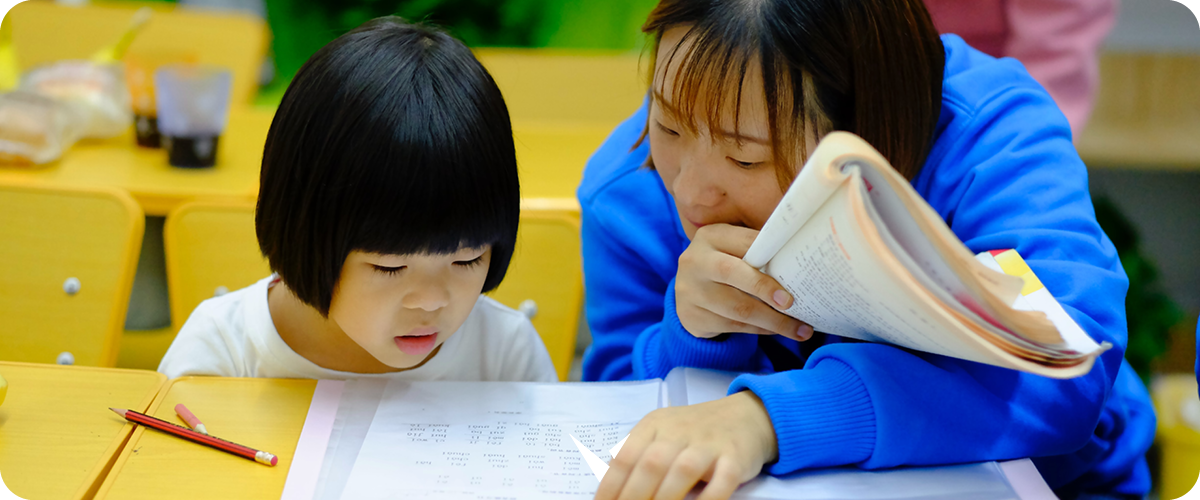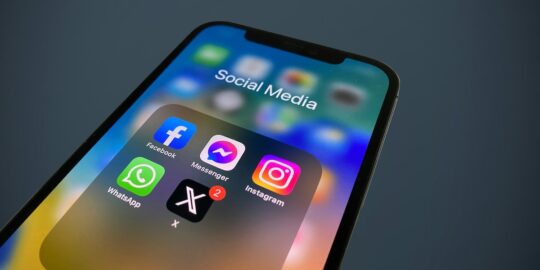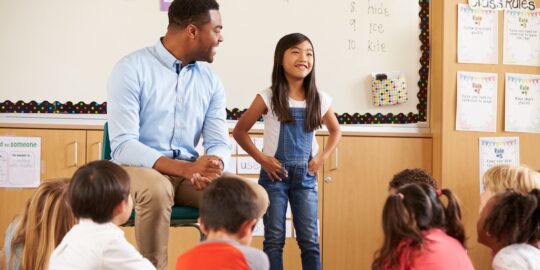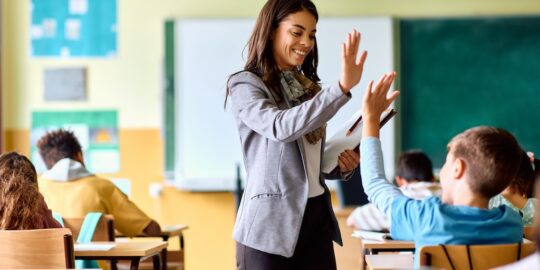
Everything these days is personalized. Tailoring products and services to the individual is seen by businesses as a way to maintain customer engagement.
In this post, we explore the concept of personalization in the classroom. Educators are increasingly turning to personalized learning as a way to improve student engagement and help K-12 children achieve more in the classroom than they would otherwise. We look at how personalized learning has evolved and what it means for today’s students.
Introduction
In today’s world, everything is customized. The days when we consumed television and radio as a collective are long gone. These days we watch and listen to what we like when we want to.
Companies like Netflix have literally pivoted their business model to deliver exactly that to our television screens. Netflix knows it has just 90 seconds to help viewers find a show before they decide to look elsewhere and it is literally obsessed with personalizing recommendations. The algorithm it has built is now pumping relevant content to more than 200 million people across the globe and produces around $1 billion a year in customer retention.
Social media also has its roots in personalization. The algorithms run by companies like Meta and Twitter act as filters to bring users content that really counts. Without this kind of approach, there would simply be too much information for us to navigate. In other words, we wouldn’t be able to use them.
In contrast, the world of learning has been slow to adapt. For centuries, there has been a one-size-fits-all approach to teaching. Generation-after-generation has sat through science, learned languages together, and even endured dreaded sessions of double maths. Along the way, some students have fallen by the wayside. Whether it’s the subject matter, the environment, or the way the class has been delivered, something just hasn’t resonated.
Until now, that is. Interest in personalized learning is now at an all-time high.
What is personalized learning?
Personalized learning recognizes that all students have different skills, different styles, and different needs. Not only that, but they are also often at different points of their learning journey. Personalizing the delivery to suit each student gives each an opportunity to succeed.
Though there have been plenty of disagreements about how exactly to deliver personalized learning, the concept has been around for a long time. For decades, schools have wrestled with the problem of how to teach students with different levels of ability At various points over the last two hundred years, some have developed innovative approaches to try and address the problem—from the Pueblo Plan of the 19th Century through to Dan Buckley’s two forms of personalized learning to New York City’s School of One.
In recent years, the biggest change has been the level of investment into research and the development of technology. The Gates Foundation committed hundreds of millions to support research into personalized learning and, under President Obama, the US Education Department invested half a billion dollars.
There is now a critical mass of support from states, companies, philanthropists, non-profit groups, and advocates.
What does a personalized learning environment look like?
In a personalized learning environment, the teacher doesn’t teach students as a collective in the traditional way. The class is segmented so that each student can receive focused and relevant attention right when they need it. The teacher can then coach each through learning that is tailored to meet their own strengths, skills, needs, and interests. Not only does that bring students up to speed quicker, but it also provides an opportunity to extend them. Perhaps even more importantly, it also keeps pupils engaged.
For many educators, adaptive software sits right at the heart of their teaching strategy. Technology like this allows them to adjust the content to suit each student’s skill level and also group students with similar abilities together. Others see personalized learning as an opportunity to give students greater freedom when selecting their projects or in the ways they can present the work they have completed.
However the school chooses to deliver it, personalized learning ensures that students are able to learn in different ways and at a pace that suits them. The learning journey is, quite literally, tailored to their needs and interests.
How is personalized learning delivered?
In Australia, the approach to personalized learning is embodied in what is known as CASE Steps, which assist teachers to plan teaching and learning strategies to meet a diverse range of needs.
The CASE Steps to Personalized Learning
Content – Use contents to identify key concepts that align with students’ age and/or year level
Abilities – Take into account the range of students’ abilities, current levels of learning, strengths, goals, and interests
Standards – Assess students’ progress in relation to achievement standards
Evaluation – Evaluate actions taken to personalize student learning
There are many different ways in which personalized learning is delivered, but there are four key elements that reflect the teaching and learning cycle:
- Assessing the individual needs of the student, which is informed by rigorous analysis of data.
- Providing adjustments to support the needs that have been identified. In the case of students with disabilities, this is done in consultation with parents and carers and is supported by evidence.
- Monitoring and reviewing the impact of the approach that has been adopted. This ensures delivery methods can be adjusted where necessary to ensure the student’s needs continue to be met.
- Consultation and collaboration between teachers, parents, support staff and other professionals, where required.
The benefits of personalized learning
Not everyone is yet convinced of the benefits of personalized learning. There are concerns over the amount of screen time it means for students, the solitary nature of study, and the level of influence the technology industry has over the strategy as a whole.
The reliance on technology to deliver it effectively leads some to say it is a corporate approach to learning driven more by the idea of earning money than through an altruistic desire to improve education. Research published by the National Education Policy Center in the US cites a lack of oversight and accountability which, considering the interest of the technology industry and the potentially lucrative new market it now has access to, says is a concern.
However, those who advocate for personalized learning cite a number of benefits. According to research conducted by Education Week in 2018, more than half of US school principals felt personalized learning either showed promise or was a transformational way to improve education.
Empowerment
With personalized learning, students have a far greater say in their learning than they have ever had before. In student-centered classrooms, they can learn at a speed they are comfortable with and in a way that suits their needs.
Engagement
For companies like Netflix, personalized recommendations improve customer engagement. In the classroom, personalized learning does the same for student engagement. It’s because of the autonomy, relatedness, relevance, and growth mindset it instills in students. Having made choices and been involved in planning their own learning, students are more invested in their learning journey.
Achievement
There is certainly evidence that personalized learning makes a difference to student achievement in maths. Research corporation, RAND, has published results showing that personalized learning equates to a performance lift of around 3 percentile points above the median. It also claims that in both mathematics and reading there is evidence of cumulative growth in students over two years of personalized learning.
Conclusion
Personalized learning is not really a new approach. The ideas that are now being implemented have—to a certain extent—been tried in many different ways before, with varying degrees of success.
Although teachers have always had the ability to help individuals better understand the content, what makes personalized learning so interesting in today’s classrooms is the way technology can support its use at scale. For the first time, students are now being presented with real choices in the way they can structure their day. And the data produced along the way is enabling teachers to monitor how students are progressing and prompt them to make adjustments, if necessary. It also allows teachers to more accurately group individuals with similar capabilities.
The advent of flexible learning spaces is unlocking new ways for students to learn at their own pace. Classroom designs now support focused individual learning and also collaborative group work. Screen-mirroring tools like Vivi knit these spaces together and enable both teachers and students to make the most of the modern classroom environment.



